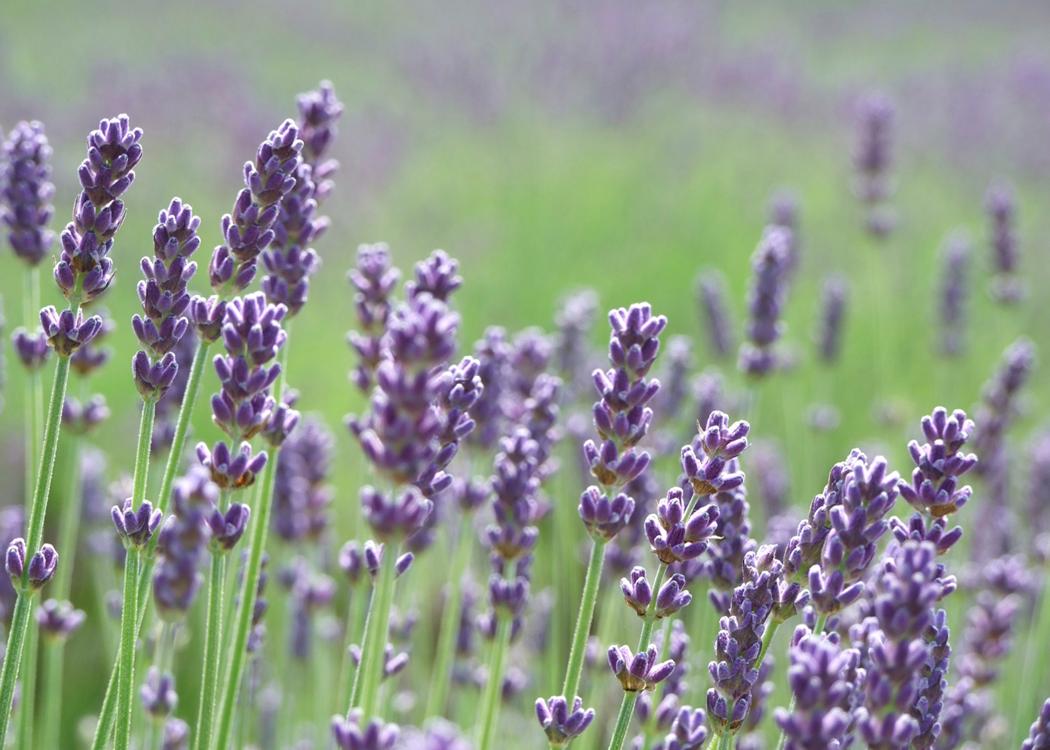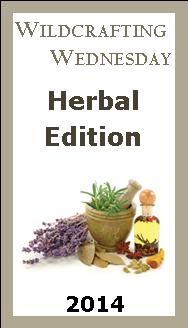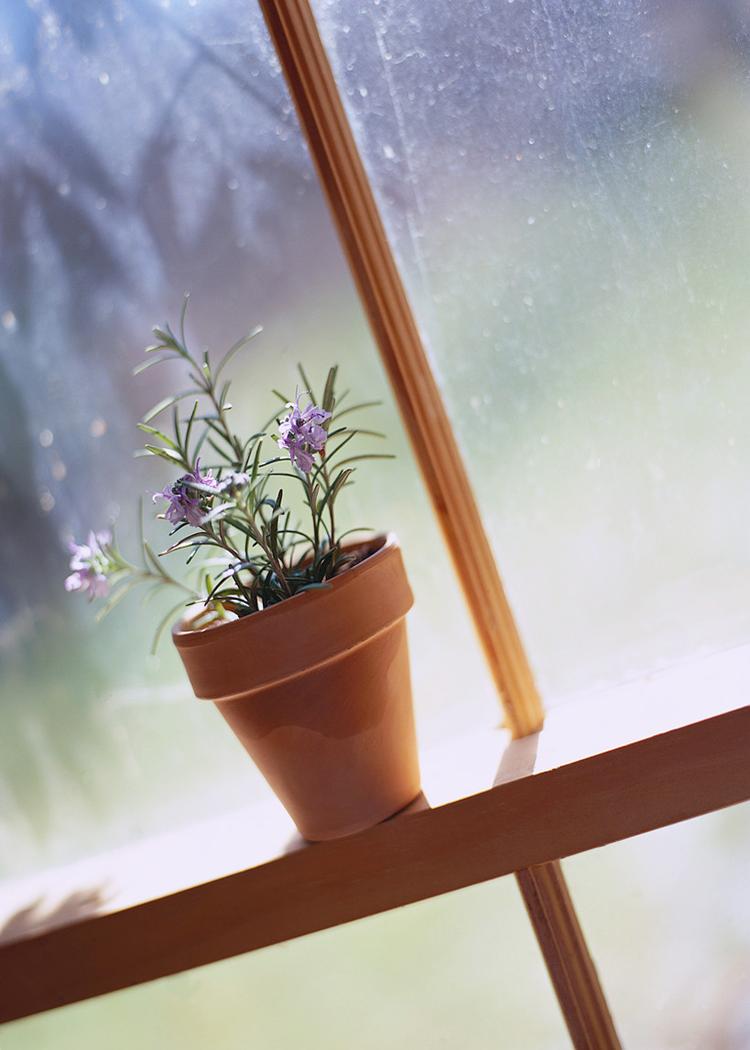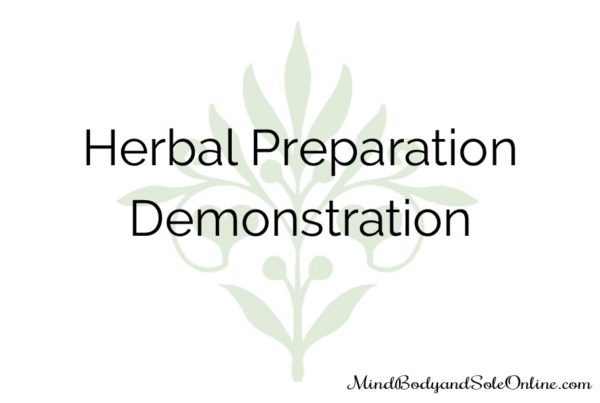 The lavender in my yard is in full bloom and I’ve begun to harvest and dry for use all year. It’s one of my favorite herbs because of the color and fragrance and because after planting it on a hillside it won’t take long before it fills the hillside with the beautiful blossoms that smell wonderful when the breeze causes it to sway.
The lavender in my yard is in full bloom and I’ve begun to harvest and dry for use all year. It’s one of my favorite herbs because of the color and fragrance and because after planting it on a hillside it won’t take long before it fills the hillside with the beautiful blossoms that smell wonderful when the breeze causes it to sway.
Lavender has a rich history of use and was used to scent washing water in baths by the Romans. Ancient Egyptians soaked linen in oil of lavender as part of the creation of mummification casts. In North Africa, lavender is used to protect the Kabyle women from being mistreated by their husbands.
Joyce Wardwell in The Herbal Home Remedy Book says that the scent of lavender soothes tension, repels insects, and stimulates penile erection. She says the flowers are used to calm jittery nerves, relieve headaches, stimulate appetite, and soothe colic, and she suggests using the herb freely in baths, compresses, and salves, or in cooking, baking, and beverages.
Because of it’s long use in medicinal and culinary recipes, I thought I’d share a few of them with you today.
Rosemary Gladstar shares her recipe for Nerve Formula For Depression in her book, Herbal Recipes for Vibrant Health.
2 parts chamomile
1 part borage flowers, if available
1 part lemon balm
1/2 part lavender flowers
1/2 part roses
Mix the herbs. Make an infusion using 1 quart of hot water for every ounce of herb. Pour the hot water over the herb, cover, and let steep for at least 4 hours. Drink 1 cup three times a day.
Because I just got a case of beautiful peaches with my food co-op order, I thought I’d share this recipe for Peach and Lavender Tart from the Learning Herbs Herbalpedia.
One 9-inch pastry shell
2 lb peaches, split, pitted, and cut in 1/4 inch slices
4 Tbsp lemon juice
1/3 c sugar (I’d probably substitute honey)
1 T lavender flowers, gently crushed
2/3 c blanched almonds
1 large egg
2 Tbsp butter
Heat oven to 350* F. Line the pastry shell with parchment paper and put in at least 1/2 inch of pie weights or dry beans. Bake the shell for 15 minutes, then remove the parchment and weights, reduce heat to 325* F, and bake for 8 minutes or just until the bottom is dry. Set aside to cool. In a large bowl, combine peaches, lemon juice, 2 tablespoons sugar (honey) and lavender. Toss and let stand for at least 1 hour. Put the almonds in a small baking dish and toast in the oven for about 8 minutes, or until golden. Break up the almonds in a food processor, then add the remaining sugar (honey), egg, and butter; process until blended but chunky. Spread the almond mixture over the bottom of te pastry shell. When the peaches have given up about 1/4 cup of juice, drain them well, reserving the juice. Spread half the peaches over the almond mix, then arrange the remaining half in a spiral pattern on top. Bake the tart at 325* F for 50 minutes, lightly brushing the top with the reserved juice three times during the baking. To keep the crust from becoming too brown, cover the rim with aluminum foil until the last 15 minutes of baking. Cool and serve.
This recipe for Raspberries with Lavender Cream was also in the Learning Herbs Herbalpedia.
1/2 c whipping cream
1/2 cup milk
2 Tbsp light honey
3 Tbsp sugar
pinch salt
5 lavender spikes, 2 1/2 to 3 inches long
2 extra-large egg yolks
1/2 c whipping cream, stiffly whipped
about 2 pints fresh berries, picked over, then rinsed just before serving
In a double boiler over very hot water, combine the cream, milk, honey, sugar, salt and lavender blossoms. Cook over simmering water for 10 minutes stirring occasionally.
Beat the yolks in a small bowl. Pour about 1/2 cup of the lavender cream mixture over the yolks and whisk well. Return the cream and yolk mixture to the double boiler and mix well. Cook over just-simmering water for 10 minutes, stirring, until the mixture thickens. Remove from heat and strain the custard cream through a sieve into a stainless steel bowl. Discard the lavender.
Let the custard cream cool to room temperature with a piece of waxed paper covering the bowl, then chill. Or to cool it more quickly, place the bowl of custard cream in a larger bowl filled with ice, and stir occasionally until cooled, then chill. The cream will thicken a bit as it cools.
Remove the lavender cream from the refrigerator 10 or 15 minutes before serving. Fold in the freshly whipped cream. Spoon a little lavender cream onto each dessert plate and arrange the berries on top. Serve immediately.
For the final recipe I had a really hard time choosing between Lavender Scones, Lavender Cookies, Lavender-Lemon-Blueberry Muffins, Lavender Jelly, Lavender Orange Marmalade or Lavender Ice Cream. But, because it is summer, I decided to go with the Lavender Ice Cream. If you would like any of the other recipes, let me know and I’ll be happy to send them to you.
1 1/4 cups plus 2 Tbsp sugar
1 Tbsp plus 2 tsp dried lavender flowers
3 cups milk
3 Tbsp heavy cream
1 whole vanilla bean, split lengthwise
6 egg yolks
In a small heavy saucepan, combine 2 Tbsp of the sugar, 1 1/2 Tbsp dried lavender flowers, 1 1/2 tsp of water. Cook over moderate heat, stirring constantly, until the sugar dissolves and the mixture forms a dry mass 2 to 3 minutes. Transfer to a plate to cool, then grind to a fine powder in a spice grinder; set aside. Powder can be held in the freezer for up to 3 weeks in an airtight container. In a large heavy saucepan, combine the milk, heavy cream, vanilla bean, and the remaining 1 1/4 cups sugar and 1/2 tsp dried lavender flowers. Cook over moderate heat, stirring frequently, until the sugar dissolves and the mixture is hot, about 8 minutes. Remove from heat, cover and let steep for at least 15 minutes, strain the milk through a fine-mesh sieve and return to the saucepan. In a large bowl, whisk the egg yolks until blended. Gradually whisk in 1/3 of the warm milk mixture in a thin stream, then whisk the mixture back into the remaining milk in the saucepan. Stir in the reserved lavender powder. Cook over moderate low heat, stirring constantly, until the custard lightly coats the back of a spoon, 5 to 7 minutes. DO NOT BOIL. Immediately remove from the heat and strain the custard into a medium bowl. (At this point this custard could be used hot or cold to cover fresh strawberries or fresh blueberries as a special dessert!) Set the bowl in a larger bowl of ice and water and let cool to room temperature, stirring occasionally. Cover and refrigerate until cold, at least 2 hours or overnight. Pour the custard into an ice cream maker and freeze according to the manufacturer’s instructions. This frozen custard tastes like lavender smells. It will become an instant favorite to make for special people!
This post was shared with:  The Healthy Home Economist, Add a Pinch, Midnight Maniac, Delightfully Dowling, and A Southern Fairytale.
The Healthy Home Economist, Add a Pinch, Midnight Maniac, Delightfully Dowling, and A Southern Fairytale.










I love your recipes 🙂
Thank you! Aren’t they fun! 🙂 LearningHerbs.com has a TON more! They’re one of my favorite resources along with The Essential Herbal magazine and HerbMentor.com.